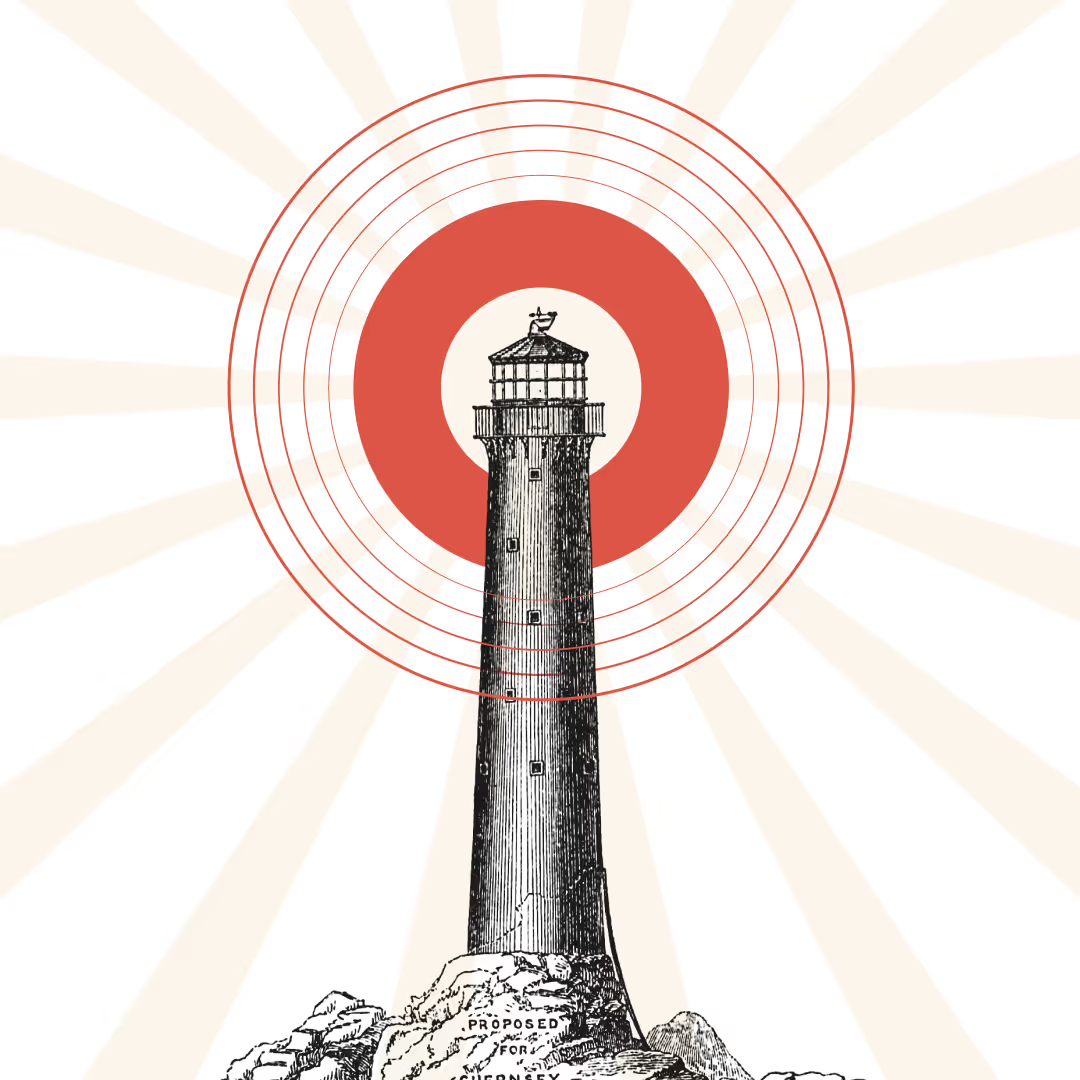5 Tips For Creating Demand Before Capturing It
Building and launching a new product is exciting, especially if your research suggests there aren’t many great alternatives on the market.
But even with the right audience research and product-market fit, creating genuine "I can’t wait to try this thing" interest in your product is a tall order. Particularly for B2B SaaS, wherein your brand and its latest solution need to be compelling enough to a bunch of decision makers.
That’s where demand generation comes in — while lead generation is all about converting an audience that’s already aware of their problem and are actively hunting for solutions, B2B demand generation helps you create a buzz for your brand and its offerings by educating buyers about their challenges and your unique ability to solve them better than anyone else.
While there’s plenty you can do to generate leads for your new product, in this post, let’s look at the top five things you can do to generate demand for your B2B product before capturing it.
#1. Craft Educational Content to Build Brand Awareness and Authority
The first step to generating demand for your product is to create great content meant to introduce and inform people about a problem they’re facing.
Educate your audience in the three key stages of their buyer’s journey:
- Stage 1. Non-aware. People that don't even realize they have a problem. Make them aware of the problem, its consequences, and available solutions with Top-of-the-Funnel (ToF) content such as:
- Long-form guides
- Blog posts
- Infographics
- Podcasts
- Videos
- Stage 2. Problem-aware. People that know they have a problem but no solution. Guide them through potential options and show them how your solution outperforms the rest with Middle-of-the-Funnel (MoF) content such as:
- White papers
- E-books
- Case studies
- Webinars
- Stage 3. Solution aware. People that know the kind of solution needed to solve their problem and wish to finalize a product. Showcase your product in action and prove its benefits with Bottom-of-the-Funnel (BoF) content such as:
- Case studies
- Success stories
- Demos
- Free trials

#2. Focus On The Pain Point
To generate demand in a space where your prospects are largely unaware of the snags your product addresses, you must concentrate all your content marketing efforts on leading your audience to the "aha!" moment.
It’s the moment your prospects realize that the problems they’re facing are worth investing good money in solving.
You can make this moment happen by following the PAS model: Illustrate the problem, agitate its pain with real-life examples and data (such as the % loss in productivity or revenue), and showcase your solution as the go-to one. So, put simply, find and understand your audience's biggest pain point and position your product as the solution to that problem.
#3. Promote User-Generated Content (UGC)
There aren’t many better ways to create demand for your new product than letting your initial, satisfied customers do the talking.
While not B2B, one of the best examples of UGC done right is GoPro. The renowned action camera company doesn’t rely on fancy big-budget marketing campaigns, but rather leverages handpicked content created by customers actively using their products. No hard sell.

You can take a leaf out of their book by promoting your product’s good reviews and highlighting your happiest customers with testimonial videos.
All in all, UGC is the most authentic way to prove your solution’s effectiveness without the fluff.
#4. Leverage Customer Feedback
Continuing along similar lines, modern buyers won’t even think about signing up unless they see positive reviews from happy customers. Word of mouth will always be the best way to create magnetic demand for your product.
The other side of that coin is to capture feedback from your happy customers and act on it.
After launching the pilot version of your SaaS product, quickly switch your focus to gathering honest and detailed feedback from your initial users. Then, add new features, content, pricing points, etc. to enhance your offering based on customer feedback.
By consistently acting on user feedback and showcasing your efforts publicly (on your social channels and via blog updates), you build trust and credibility for your brand and thus drive more demand for your product.
#5. Set Your Brand Apart
As innovative or revolutionary as your new product may be, odds are your prospective buyers still have options to pick from.
When your competition is offering a similar product as yours, your goal is to set yourself apart by pinpointing exactly what you offer that is different.
You can do this by:
- Identifying your Unique Selling Proposition (USP) and relaying it throughout your brand messaging.
- Keeping an eye on your competitors’ product updates, social media content, and user reviews to identify their customers’ most pressing pain points and address them iteratively in your product.
And although it’s a risky strategy, don't be afraid to be a bit bold or controversial in your content to stand out as a brand. This helps build a community of like-minded customers who’ll champion your product and filter out prospects who don’t share your brand’s outlook.
Content Creation and Demand Generation Walk Hand-in-Hand
Sure, investing in paid media helps drive immediate demand and leads for your new product. But, as cliché as it sounds, content is indeed king when it comes to generating inbound, non-intrusive interest in your B2B SaaS.
If you follow the strategies in this article you can fuel a sustainable (and growing!) demand for your product.
And if you wish to drive hockey-stick growth for your new product, you’re in the right place. Make Matter Made your partner in product-led growth and content-led demand generation to meet your most ambitious MRR targets fast.














